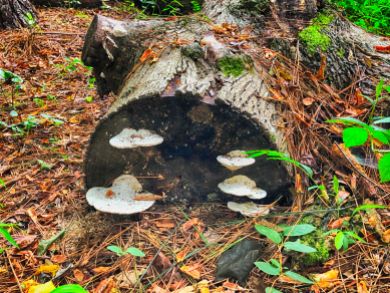José Saramago, winner of the Nobel Prize for Literature, was arguably Portugal’s greatest writer. Born in the Ribatejo town of Axinhaga, it’s a surprise that Saramago rose to such heights. His family was a poor farming family and, despite young Saramago’s excellent marks in grammar school, his family could not afford to continue his education, so at the age of twelve, his education moved to technical school, where he learned to be a mechanic.
As a young mechanic at a car repair shop, Saramago began to frequent a public library. He continued his education on his own, self-taught, and with a great will to learn. He loved to read and began to write in his spare time.
He was married in 1944 and, in 1947, his only child was born. It was about that time that his first novel, The Land of Sin, was published. After writing a second novel, which went unpublished, Saramago gave up writing. As he said, in his Nobel Prize autobiography, it had become clear to him that he “had nothing worthwhile to say.” That ended with the publication of his first book of poetry, Possible Poems.
Saramago continued to write, but it wasn’t until 1982, at the age of sixty, that he gained international attention with the publication of Baltasar and Blimunda. This is where the Collected Novels of José Saramago starts. It’s a nice e-book collection, though by no means complete. Saramago published several novels before Baltasar and Blimunda, and his last novel, Cain, was published after this collection was published, so it’s not included either. That being said, it’s a great introduction to one of Portugal’s greatest writers.
Most of Saramago’s novels have a fantastic feel to them. In Baltasar and Blimunda, for example, the title characters assist a priest to construct a flying ship that is lifted by human souls that Blimunda has collected and put in jars. In the Year of the Death of Ricardo Reis, a pseudonym of Portuguese writer Fernando Pessoa lives for a year after Pessoa, his creator, dies. And in Death With Interruptions, death falls in love with a cellist who just won’t die.
Although Saramago’s formal education ended at an early age, he was incredibly knowledgeable of history. Baltasar and Blimunda takes place during the building of the Mafra National Palace and integrates historical figures into the story. In the History of the Siege of Lisbon, a proofreader is assigned to correct errors in a book about the aforementioned siege, inserts one word- “not”- into the text and therein creates an alternate history. Finally, in the Elephant’s Journey, he adapts the real life journey of an elephant who was given by King Joao III of Portugal to Archduke Maximilian of Austria as a wedding gift into a wonderfully told story.
An avowed atheist, Saramago was never the less well-versed in the Catholic faith. In the Gospel According to Jesus Christ, he retells the story of Jesus, depicting him as a human character, complete with the flaws that accompany men. In the story, he has a love relationship with Mary Magdalene and attempts to back out of his own crucifixion. The Portuguese government declared the book offensive to its Catholic citizens and had it withdrawn from a European literature award, who had shortlisted it. The insult by his home country led to Saramago’s self-imposed exile from his home country to the Canary Islands, where he spent the rest of his life.
Saramago’s writing is not for everyone. He used few periods to end his sentences, choosing, instead, to use commas and running the sentences together. He didn’t place dialogue within quotations. In most cases the character wasn’t identified, and the only indication when one character stopped and another responded was the use of a capital letter to begin the second character’s reply. His paragraphs could go on for pages. Combined with the unique use of punctuation, it could make his writings a bit difficult to follow. You have to WANT to read his books, and if you choose to do so, you’ll be richly rewarded.
There’s a lot more to Saramago’s writings than just the dozen novels included in the Collected Novels. Many of his early works have been published as well as the wonderful travel diary Journey to Portugal, his memoir Small Memories, and a collection of his early articles called the Notebook. His final novel, Cain, is also available.
Each of Saramago’s novels are available individually, but the e-book collection is a fraction of the cost of the individual books. If you would like to explore the unique writings of one of Portugal’s greatest writers, the Collected Novels of José Saramago is a great place to start.

























